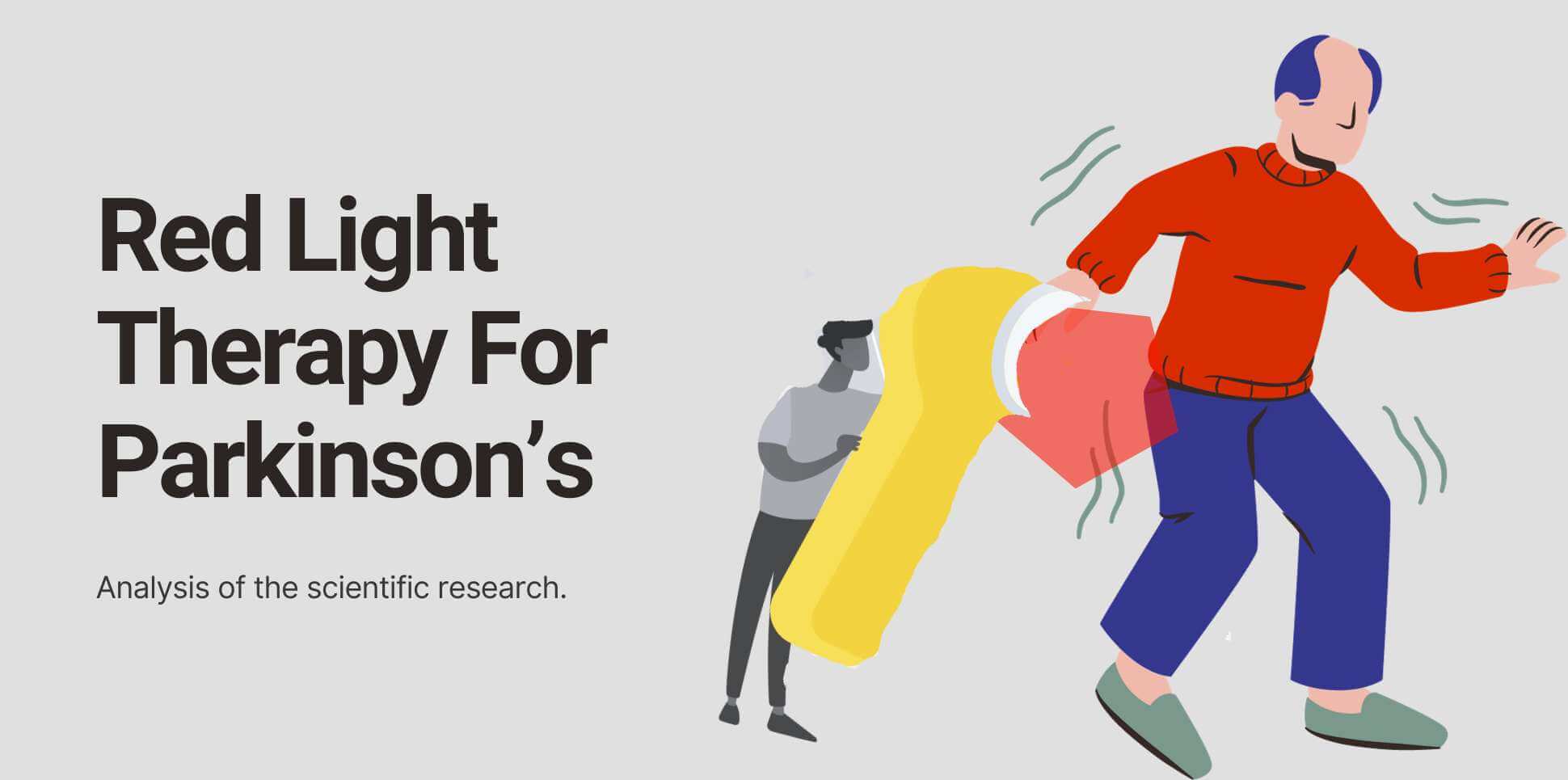I had a similar device from a different brand. It covers only the front teeth but my gums are worst around the molars. Couldn't really find any other devices that cover the full gum line except for this one. So glad I came across this device, the mouthpiece is huge in comparison. I can already feel a difference! Also love the different light modes, which the other device didn't offer
I read about the "Red Light" in a medical test form a Midwest clinic. My wife suffers from cystitis of the bladder for 30 years. We've seen 7 Urologists, and a pain specialist. All to no avail. Trying this product for the first time provided some relief, that was calming and unexpected. I am trusly grateful.
Thank you for creating this great oral device. I have been using this product for over a month and have noticed whiter teeth. My gums look much better. I have had receding gum surgery in the past and hope my gums will be healthier using this product. Also, I had a shooting pain in a tooth which actually needs a root canal. I initially used the device for five minutes every evening. I gradually increased to 15 minutes every evening. I was surprised I don’t have the shooting pain in my tooth. This device must have helped the inflammation in my tooth without any over the counter meds.
I had previously purchased the deep healing red light pad for my lower back and knees. Since that product really helped me, I was confident ordering another product from Curayou.
I have recommended both products to my relatives and friends. So nice to have natural healing products instead of relying on medications.
I love the fact that it has a large mouth guard to cover the back molars. I have gum recession that is on the back lower molars, and it has been hard to ensure the red light is getting to them, not just the front.
The team at Curayou have been amazing. From tracking my delivery to quick responses to any questions I had. The Neuropathy Light Therapy System is easy to use very flexible with benefits beyond just Neuropathy treatment.






